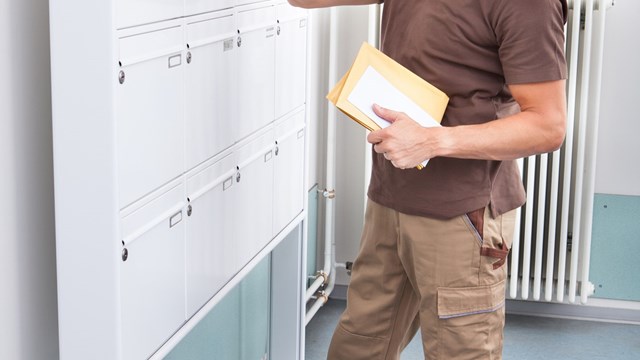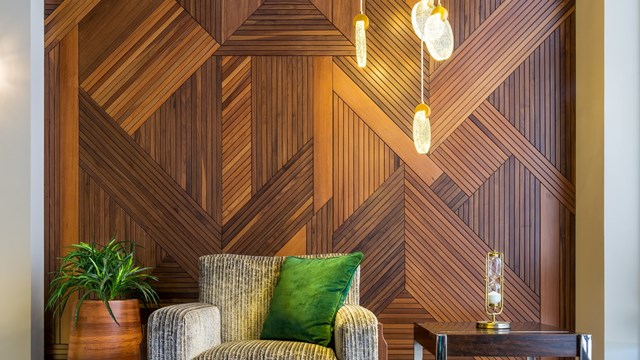
Everyone who plays a role in designing and building or maintaining and operating cooperatives and condominiums, from architects and construction contractors to developers and owners, property managers and board members, is well familiar with the terminology that permeates our lexicon today: High performance. Energy efficiency. Net-zero. Smart buildings. Passive solutions. Carbon neutral. All terms fall under the green design umbrella.
Recouping the ROI
Yet resistance, or at least reluctance, to embracing the approach remains. To an extent, there is still a discrepancy between immediate and long-term ROI. Though initial outlays will be eventually recouped, steps that see immediate savings—as well as, of course, those that don’t require added funds or even cost less at the onset—are more popular than those requiring a longer wait. Yet there is an obstacle that transcends finances. There remains a human disconnect, a sense that ‘green’ is abstract, ideological, conceptual. The point rating certifications for achieving levels of green as well as the stricter building codes which lead to more energy efficient buildings are all well-intentioned, but they can appear as just that: codes, numbers, bureaucratic encumbrances. In order to have sustainability fully embraced into every building’s design or redesign all involved need to see the meaningful and positive impact the changes will make on the quality of life of the building’s residents.
Moreover, the design community needs to find a way to make sustainability seem to evolve organically, effortlessly. Opening a door or a window is an action we take without dissecting the how-to: hinges hold up the door and allow it to swing open in the direction we choose it to go. The act is second nature, as natural as breathing. Only when technology becomes second nature to us will we have architecture that speaks for itself. The good news is that awareness is increasing and steps are being taken to integrate sustainable design into new construction and retrofits.
Harmony with the Environment
We experience the buildings we inhabit through our senses. We see an interesting space or form. We become aware of how we feel in the space. Does it stir up memories of a past experience, does it feel familiar yet different? We all emit energy and buildings do the same. When human beings and buildings function on the highest level together there will be harmony and buildings will have a greater effect on us and for us.
Energy efficiency is screaming for attention—fortunately its cries are heeded more than in the past, but we have a ways to go. Improved indoor air quality is critical. Do we need to see the dust on an air grille to realize that this is what we are breathing in on a daily basis? The construction industry permits a certain level of leakage to exist in buildings and then compensates for this inefficiency with larger than needed mechanical systems. Buildings in the US are close to 50% culpable for energy inefficiency. Greater or new technology is not the issue, the solutions are already here. We need to adopt them.
Human beings are all about performance and productivity. We set daily performance level goals, then feel unproductive if we fail to function to our maximum potential, if our goal is not achieved. The same holds true with carbon neutrality. It is an achievable goal. Edward Mazria, FAIA, issued the 2030 Challenge in 2006 through his organization, a non-profit architectural think tank known as Architecture 2030. The goal: design all new construction and major renovation projects to be carbon neutral by the year 2030. This will require an energy reduction of approximately 70%. The greatest hope for success will come if we see evidence of immediate benefits for the end user. Occupants of better designed buildings not only feel and function better but also are able to have a sense of comfort and need not worry about pollutants and wastefulness. Even knowing that they are ‘doing the right thing’ has healthful, uplifting benefits.
1. Choose to accept sustainable design as an investment for the long term
Current trends in the residential building industry are focused on selling luxury. Yet the kind of luxury that emphasizes trends and fads is being rethought. The focus is more on long-term functionality along with beauty and real estate features that make for intelligent investments. The result is a building that is a pleasure to live in and healthier for its occupants. Building owners and developers are starting to realize that not investing in high performance design actually becomes an expensive problem as soon as the building is completed and occupied.
2. Ensure a whole systems view vs individual components
Nature is whole and it functions with no beginning and no end. It has a cycle and we are all part of that cycle, yet our buildings are not. We can no longer afford to have buildings stick out like sore thumbs, draining energy and taking up too large of a carbon footprint. We should aim to learn from this eco-balance. Buildings can be intelligent and resilient and those that are not must be held accountable to upgrade to acceptable benchmarking criteria.
3. Never compromise on aesthetics
Some have been concerned that sustainable design sacrifices or at least compromises on aesthetics. If green measures come as an afterthought that aren’t fully integrated into the design they can appear as clumsy and unattractive. When aesthetics assumes the priority position it has historically had for architecture and design, then solutions will evolve naturally from any carefully thought out design.
4. Maintain the building throughout its life cycle to optimize efficiency
Exercise, healthy eating and finding a balanced lifestyle are all important. These work only if they are maintained regularly. So too maintenance plays an important role in buildings. The design community needs to benchmark buildings so that performance, energy tools, costs and CO 2 emissions are goals set at the onset and then upheld on a daily basis.
Mindful design is responsible architecture, a way of thinking and setting goals that makes the comfort and quality of the lives of a building’s occupants a priority at the onset. Buildings designed in this way are enhanced for all involved—the owner/developer, the homeowner, the property manager and board members.
Maximizing overall, ongoing performance will have lasting benefits for people, process, profits and the planet.
Irena Škoda, principal and founder, Škoda Design + Architecture, pllc, is a design architect who has been involved in mapping out over 10 million square feet of residential real estate in Manhattan and the boroughs throughout her 25+ year career.






Leave a Comment